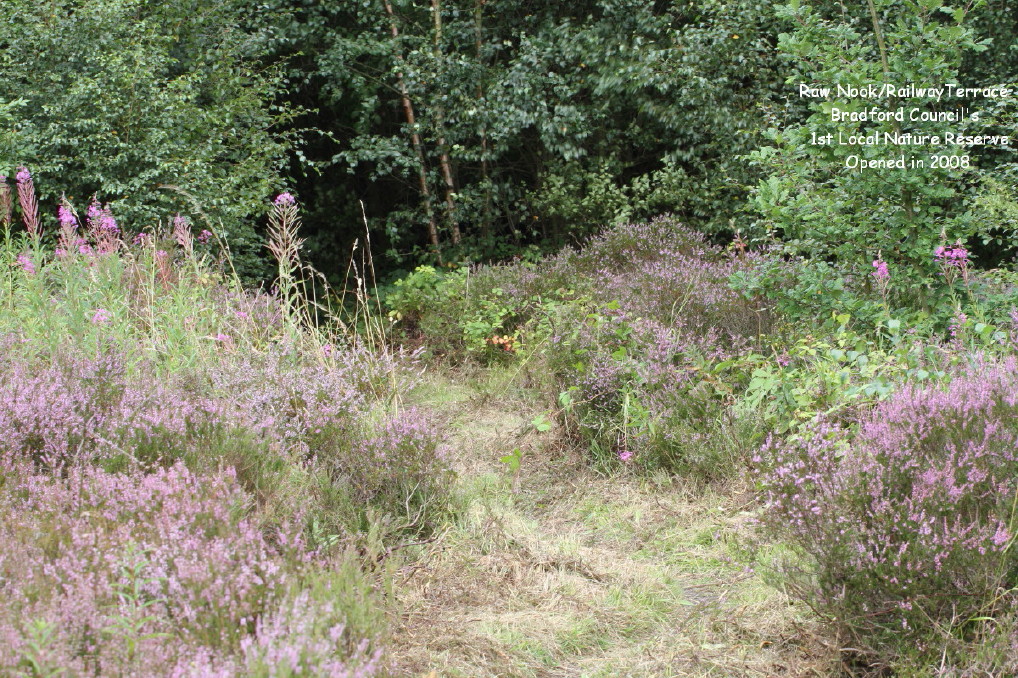In October of last year I was asked if I would like to help set up a project for Freddie Downs so he could gain a bronze Duke of Edinburgh’s Award.
The project I came up with was ‘Monitoring Wildfowl movements at Toad Holes Beck’. The project ran from October 17 through to March 18 and would give an insight into a number of ecological question like do Coots and Moorhens leave the our ponds in winter ? and from a conservation point of view which of the three pond attracts the most species?
Methodology: Freddie firstly set up a Excel spreadsheet. We met weekly at about the same time and Freddie noted all wildfowl we had seen then inputted the data onto the spreadsheet, noting the date, time, weather and temperature.
Freddie gained his award and I have now analysed his data although the findings are not definitive ( due to only one years observations ) the project has gone very well and has partly answering some ecological and conservation questions. Underlined are the main points of interest.
- Middle pond is most attractive to wildfowl, followed by the bottom pond then the large top pond
- Coot: From October up to early December 5-6 regularly recorded. Then numbers dropped in mid-winter till March to around 2-3. This suggests the birds that left were young birds hatched in 2017 and left their parents territories. The adult birds that remained did not leave their territories even during the harsh winter weather
- Mallard: Consistent low numbers were recorded apart from a record count of 10 on 16/12/17. Also recorded on this date were Gadwall and a Water Rail suggesting a movement of birds into our area.
- Moorhen: In the late autumn early winter up to 8 were regularly recorded. Then like the Coot numbers dropped slightly as young birds left their territories. Feeding behaviour changed for the remaining birds as the winter progressed as more birds were observed feeding on land rather than in the ponds
- A pair of Gadwall an uncommon duck in the Bradford area was recorded twice in October.
- The only sighting of Goosander was on 22/10/2017 and were deemed as passage birds.
- It was noted that after very heavy rain fewer ducks were recorded suggesting birds moved on as their food supply became harder to find due to raised water levels.
- During the counting periods other birds associated with water were recorded. A Water Rail observed on 4 dates at the middle pond. An influx of Pink-footed geese were noted flying north on the 6th and 13th of January 2018 and a Grey Heron was regularly noted feeding at the middle and the bottom pond.

It’s really interesting to see these results Martyn. Are the results as you expected, or are further data required before you can reach a conclusion? Many thanks to you for guiding and helping Freddie throughout the project. He learned a lot and thoroughly enjoyed the time he spent with you up at the ponds!
Hi Rachael
Thank you for your comments. To reach a conclusion would require a number of years of data. However, the project has given an insight into what is happening at the ponds during the winter period. At nearby Harold Park lake numbers of Coot increase during winter and my view prior to the project was that ‘ All ‘ our Coots left and possibly spent the winter there, but our years data now suggests possibly only young Coots hatched in the spring leave and the adults remained….Which is really interesting.
I guess it’ll be interesting to see if the data is consistent in the coming years!